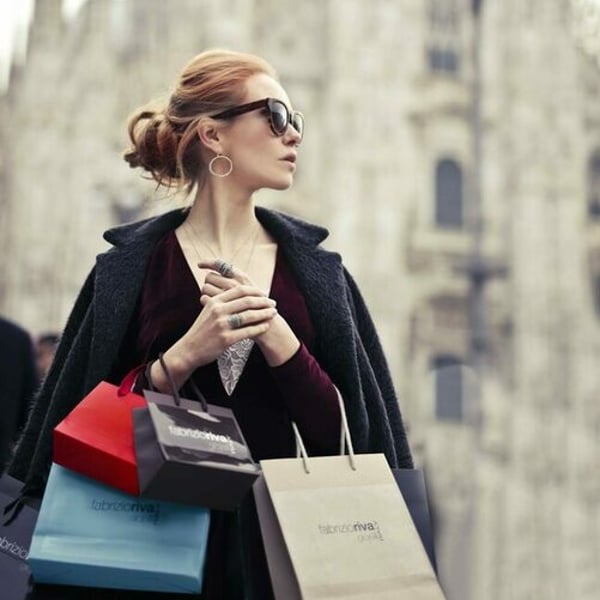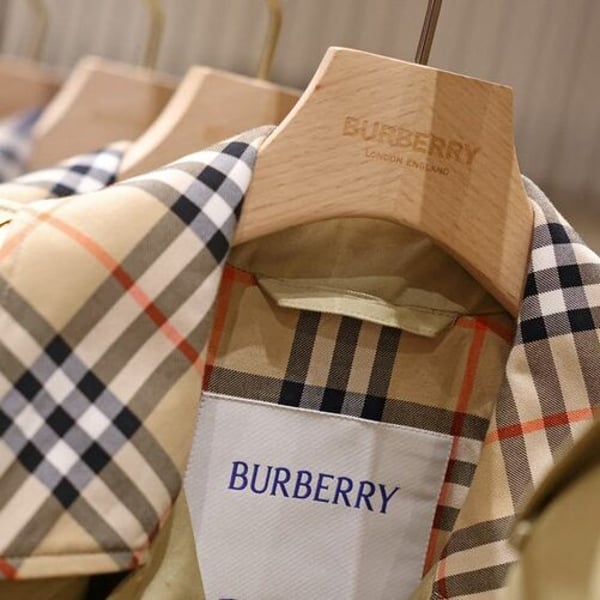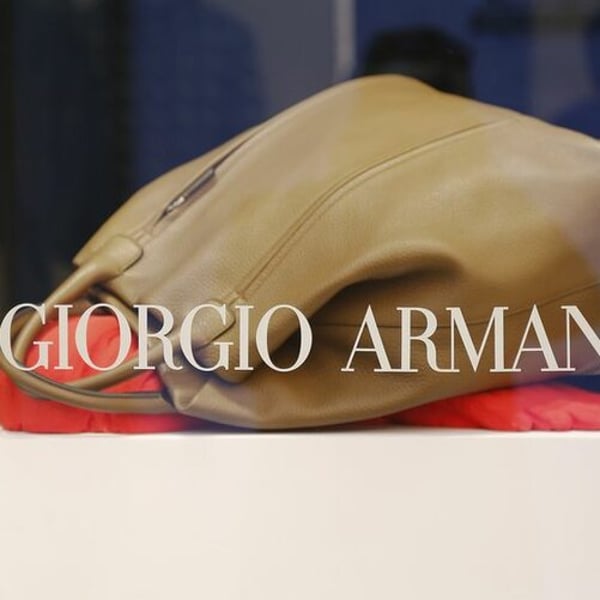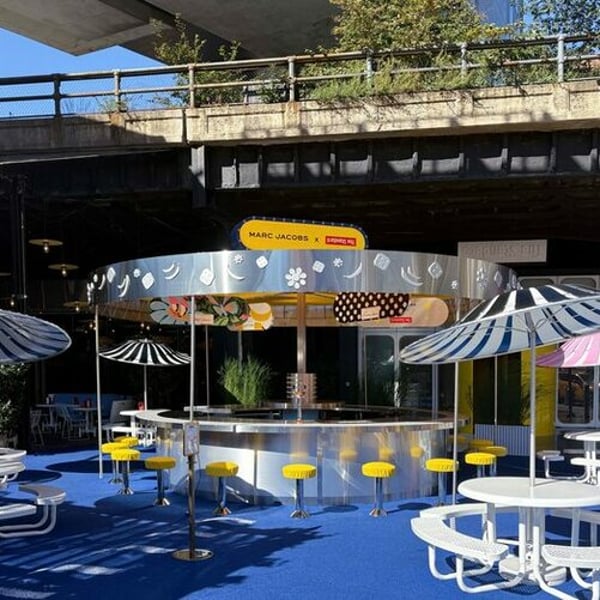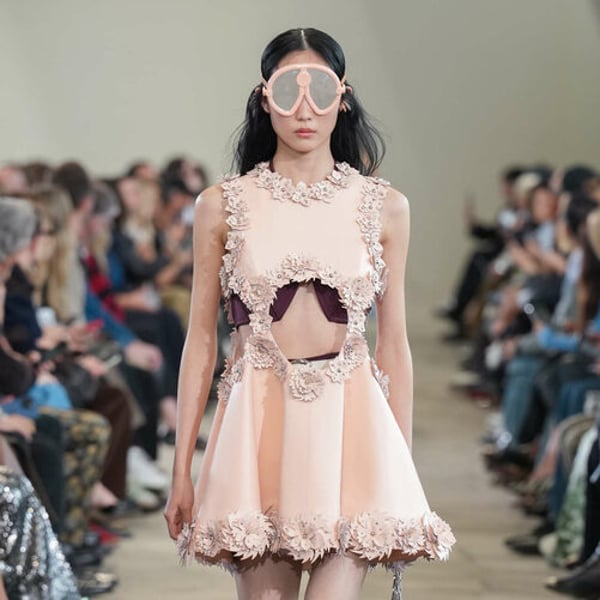A new report on the high-end and luxury sector in Europe shows that it’s a “€986 billion economic powerhouse driving jobs, tourism and craftsmanship”.

The study comes from the European Cultural and Creative Industries Alliance (ECCIA), which includes EU countries and the UK, and shows that Europe’s high-end/luxury sector represents 5% of the continent’s GDP and that it “continues to drive economic growth, preserve cultural heritage, and champion excellence well beyond the continent”.
The study was conducted by Bain & Company for ECCIA and also said that the sector has global leader status with 70% global market share. And for personal goods, that share is 80%. But the prospects are “clouded” due to “external challenges such as tariffs and emerging global trade uncertainty”.
That’s a worrying situation given that the sector employees as many as 2 million people throughout Europe and further concerns include the difficulty of attracting and retaining the next generation of skilled artisans.
“European luxury goods continue to dominate global markets, with the latest figures demonstrating a strong performance over the past five years and a solid position for growth within the global high-end and luxury market — rooted in the sector’s unique resilience and its ability to adapt and seize opportunities in emerging markets,” said Claudia D’Arpizio of Bain & Company.
And she added that “while these new findings show that the sector accounts for 11.5% of total European exports, high-end and luxury goods are much more than economic drivers.
Luxury represents Europe’s soft power
“The brands, through their products and experiences, also represent the ultimate expression of the soft power Europe wields through its creativity, innovation, and craftsmanship — Europe’s unique ‘artisanal intelligence’. This sector is a creative powerhouse that invests up to 5% of revenues in education and training, and up to 3% in sustainability and innovation, which contribute to social prosperity, cultural preservation, and economic growth across Europe’s clusters of excellence”.
But as mentioned, the sector has huge challenges to deal with, notably “escalating geopolitical tensions, rising tariffs, and protectionist trade policies, especially between the US and China which make up 35%-45% of the global revenues for the sector”.
“It’s tempting to assume that this the sector is shock-proof from some of the economic turbulence we’ve been seeing…. [but] we are sensitive to the some of the warning signs,” said Michael Ward, the MD of luxury London retailer Harrods who’s also president of ECCIA. “European high-end and luxury brands supported 2 million jobs in 2024, with 160,000 new jobs created since 2019, outpacing broader EU labour market growth. Tariff measures threaten to disrupt global demand, drive up costs, and force companies to reconsider supply chains as we focus on profitability and call for greater stability.”
The reports shows that the high-end/luxury sector is also key for 40% of international travellers who cite luxury as a reason for visiting Europe. And high-spending tourists represent up to 25% of tourism-generated value.
One aim of the report is to publicise the need for “smart and urgent policy support to safeguard one of Europe’s cultural and economic treasures”.
Among the measure the body is calling for are strengthened intellectual property rights (IPR) and more power given to combat counterfeiting.
It also wants to see a boost to the EU’s legislative framework to help brands enforce their selective distribution networks against unauthorised distributors, protecting brand image and investments while ensuring consumer safety.
And it’s calling for more EU support for craftsmanship and skills development, as well as support for free trade agreements, simplifying procedures for obtaining EU visas and encouraging VAT-free shopping for non-EU tourists.
The ECCIA, established in 2010, is composed of seven European cultural and creative industries organisations — Altagamma (Italy), Circulo Fortuny (Spain), Comité Colbert (France), Gustaf III Kommitté (Sweden), Laurel (Portugal), Meisterkreis (Germany) and Walpole (UK). Between them they represent 750 brands and cultural institutions.
Copyright © 2025 FashionNetwork.com All rights reserved.



